Titanium breakthrough into the depths and into the future
Late 50s. was an amazing time of new scientific breakthroughs and technical achievements, the country, which had just risen from the ashes and huge destruction of the Great Patriotic War, had already escaped into space (outstripping the much more technologically advanced and wealthy United States), was making great strides in aviation.
A new front of military and scientific and technological confrontation has clearly emerged - underwater.
And for space, and for aviation, and for depths, the development of new structural materials has become extremely important, and one of the most promising areas of work has become titanium alloys, which had excellent specific strength, non-magnetism and high corrosion resistance.
The first was the project of the 661 Anchar missile high-speed nuclear submarine, chief designer N. N. Isanin, later replaced by N. F. Shulzhenko.
Work on it began at TsKB-16 (later merged with the Malachite SPMBM) on the basis of a resolution of the Central Committee of the CPSU and the Council of Ministers of the USSR "On the creation of a new high-speed submarine, new types of power plants and the development of research, development and design work for submarines" dated August 28, 1958.
The Anchar project included exceptionally high speed characteristics, the latest Amethyst anti-ship missile system with underwater missile launch, new hydroacoustics (the Rubin complex with a high detection potential), and a powerful two-shaft nuclear power plant with two pressurized water reactors.
In 1969, during the State tests at 80% of the reactor power, the boat reached a speed of 42 knots (instead of the specified 38 knots). In 1970, with the reactors at full power, a record (so far) speed of 44,7 knots was achieved.
Mastering the production of titanium alloys and the construction of complex ship structures from it was very difficult, but the task was successfully solved by the entire chain of cooperation.
In 1956, Plant No. 95 in Verkhnyaya Salda (the future VSMPO-Avisma) began mastering the technology for the production of pipes, profiles, stampings and forgings from titanium alloys. On February 17, 1957, the first titanium ingot of VT 1-1 alloy was smelted. The future general director of VSMPO-Avisma, the "people's billionaire" V. V. Tetyukhin, led the smelting.
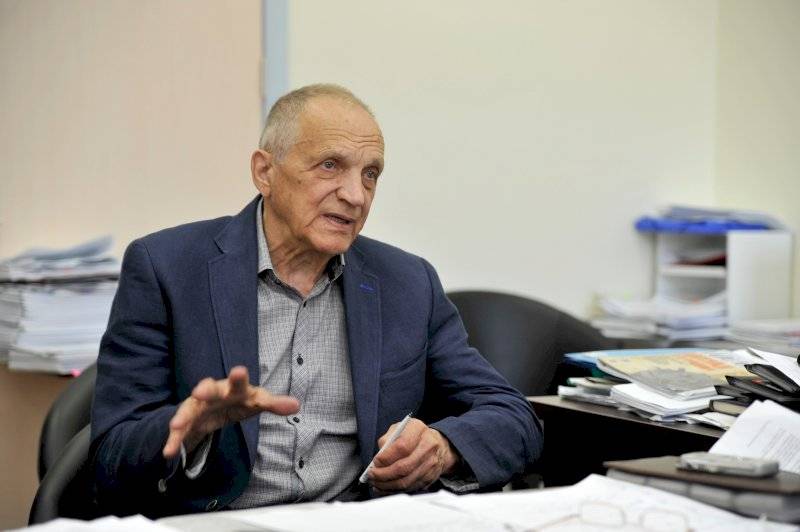
Vladislav Valentinovich Tetyukhin, photo ural-clinic.ru
The boat itself was built at Sevmash in Severodvinsk. The plant in the shortest possible time all technological problems in the development of titanium alloys were successfully solved (together with the Central Research Institute "Prometey", TsKB-16 and the Central Research Institute named after A. N. Krylov).
It should be noted the significant role of the hull material in achieving high underwater speed: by lightening the hull, it became possible to place a power plant with a sharply increased power and achieve an underwater speed record.
The next project was a series of small automated high-speed multi-purpose nuclear-powered ships with reactors with a liquid metal coolant of project 705 "Lira" (development of SKB-142, in the future SPMBM "Malakhit"). The idea of the project belonged to A. B. Petrov, the main designers were M. G. Rusanov (in 1977 he was replaced by V. A. Romin). Such a change of "main" in the project was largely a consequence of the dramatic stories creating a 705 project (see "Goldfish" of project 705: a mistake or a breakthrough in the XXI century? ") and extremely high specified requirements.
One of the design solutions to achieve these requirements was the use of titanium alloys for the hull and many ship structures. Initially, a depth of 705 meters was conceived for the 600 (project 661 - 400 meters), but after fierce disputes and difficult meetings, the ship industry management insisted on limiting it to 400 m. As a result, the "light" titanium hull had to be "loaded" with cast iron ballast.
The lead boat was built by the Leningrad Admiralty Association (LAO), and during its creation it was necessary to take a sip of all the problems of developing titanium in a new production. The head order went very hard, the fleet was transferred in 1971. With a number of restrictions, and a year later the boat was withdrawn from the Navy due to freezing of the coolant (bismuth-lead alloy) of the reactor. Subsequently, after the identified shortcomings were eliminated, the construction of the series was continued (3 more ships at LAO and 3 at Sevmash in Severodvinsk).
The next titanium project was not only a "breakthrough into the depths", but also a starting point for our 3rd generation nuclear-powered ships.
Work on the ultra-deep-sea nuclear submarine of project 685 "Plavnik" began at TsKB-18 (future TsKB MT Rubin) in 1966, chief designer N. A. Klimov. Despite the fact that the technical project was protected in 1974, with the advent of new equipment, electronics and weapons, the boat was actually redesigned (already by the chief designer Yu. N. Kormilitsin) and laid down at Sevmash in 1978, adopted by the Navy in 1984 as K-278 "Komsomolets".
On August 4, 1985, a boat under the command of Captain 1st Rank Yu. A. Zelensky set an absolute world diving depth record - 1 meters. Unfortunately, the unique ship died on April 027, 7 while returning from its third combat service.
By the mid 70s. in the USSR, 3 "underwater" design bureaus were formed: Leningrad "Rubin" (among whose projects was the titanium "Plavnik") and "Malachite" - with "its" 705 project and 661 TsKB-16, and Gorky (Nizhny Novgorod) "Lapis lazuli".
The reason for the development of titanium "Lazurit" was a sharp increase in the requirements for promising multi-purpose submarines of the 3rd generation, especially for arms and secrecy (which required a significant part of the displacement of the submarine and, accordingly, its increase). At the same time, the production base of Lazurit, the Krasnoye Sormovo plant, had significant overall and weight restrictions on the construction of submarines (if possible, transfer them along the rivers for completion and delivery to the fleet). It was not possible to fulfill the new requirements of the fleet without titanium for Lazurit and Krasnoye Sormovo, the new multi-purpose nuclear submarine of project 945 Barracuda could only be made of titanium.
The task of its creation was successfully solved. At the same time, Rubin provided great assistance to Lapis Lazuli (Malachite, who saw a competitor in the 945th project as a competitor to its multi-purpose nuclear-powered ships, treated the titanium barracuda with a certain jealousy).
In total, two barracudas and two more were built at Krasnoye Sormovo according to the modernized project 945A Condor. The project 945AB submarine already laid down, which was supposed to become transitional to the 4th generation, was disposed of in connection with what happened in 1991.
Here it will be appropriate to draw certain conclusions from the experience of titanium shipbuilding, but three important factors should be noted.
First. Project 945 turned out to be unbearable in terms of technological requirements for all "underwater" shipyards, and for the series of the Amur plant "Malakhit" a steel project 971 was developed (subsequently continued in Severodvinsk). And it was 971 projects that became the mass multi-purpose nuclear submarine of the 3rd generation. The cost of titanium alloys was not decisive here: the cost of the Barracuda was close to the cost of the Bars (the unofficial name of the project 971, the official Pike-B) - the hull cost a little more (special steel of the submarine hulls themselves are very expensive), but on "Bars" with a cheaper case was a newer and more expensive first of our digital sonar complex "Skat-3".
Secondly, titanium alloys turned out to be extremely important for the new breakthrough direction of underwater shipbuilding of the so-called “deep-sea technical facilities” (nuclear deep-sea stations), which were created at Malachite in the 70s–80s and subsequent years.
Third: when creating the first project of the 4th generation - 957 "Kedr", "Lazurit" itself returned to steel as the main material of the hull. This made it necessary to work out a unique technical solution for the construction of these submarines at the Krasnoye Sormovo plant: in Gorky, make the bow and stern parts of the submarine separately (taking into account transportation along the rivers), and dock them together already in Severodvinsk. However, the most wise representatives of the leadership of the Ministry of Shipbuilding proposed the creation of a "titanium" version of the project - 957T, in order to preserve the technological backlog and experience with titanium.
The conclusion from this is not as simple as it seems.
Yes, it seems that titanium on conventional multi-purpose submarines did not justify itself. Yes, the characteristics are a little higher, but the slightly higher price of the issue and the production difficulties force steel submarines to be chosen for mass series.
Where titanium, of course, and fundamentally superior to steel is deep-sea technical means.
However, this was true only for the situation before the beginning of the 90s, the emergence and development of fundamentally new means of searching for submarines. And here it is worth appreciating the wisdom of the leaders of the USSR, who insisted on maintaining the "titanium direction" - for the future.
From the book by N. Polmar K. D. Moore “Cold War Submarines. Design and construction of American and Soviet submarines” (2004, translated from English by B.F. Drones - St. Petersburg, JSC "SPMBM "Malakhit", 2011):
In 1993, the magazine of the Russian General Staff "Military Thought" (retired Major General M. A. Borshchev "On the military organization of the CIS" No. 3 1993) stated that "all-weather reconnaissance satellites and other types of space support will allow to detect surface ships and submarines at any time of the day with a high probability and provide target designation to high-precision weapons in almost real time. "
The commander of the TAVKR "Kyiv" captain 1st rank V. Zvada ("Naval Collection" No. 9 2021):
That is, aviation and space assets have appeared that can, figuratively speaking, "look into the depths" and provide effective detection of submarines operating without taking into account the capabilities of new search facilities.
One of the obvious possibilities of "restoring stealth" of submarines is their operation at increased depths. Here it is necessary to clarify - in most cases, an increase in the maximum immersion depths is not required. However, the fact is that most of the time when at sea, all modern submarines operate at relatively shallow depths, a thin surface layer 100–200 meters thick. Yes, most of them have the ability to dive deeper. However, here for steel cases there is an extremely acute problem of fatigue strength. Such submarines can repeatedly go to the maximum depth, but the number of such deep-sea dives is severely limited, as is the time spent even at the working depth (the opinion that this is the depth at which submarines can be "permanently" was with a number of very unpleasant " discoveries” was refuted in the late 80s).
That is, the issue of ensuring the possibility of a long stay of our submarines at increased (from normal) depths is extremely acute - to ensure stealth from new search tools.
And this is where titanium hulls with a much longer resource get a decisive advantage over steel ones.
Given this factor, in no case can we agree with the already announced decommissioning of the Barracudas, their deep modernization is necessary (as well as the newer Condors), including to study new conditions and tactics for submarine warfare and counter anti-submarine forces enemy.
The issue of detecting submarines was disclosed in detail in the article. "Detect Submarine", and the importance of a large diving depth as a means of ensuring stealth - in the article "Fin" / "Komsomolets" - a mistake or a breakthrough into the XXI century".
Here the question arises about the promising project of the 5th generation multi-purpose submarine "Husky". Taking into account the new and sharply increased capabilities of non-traditional search tools, it is extremely important to study the titanium version of the project (especially since the new weapon makes it possible to provide high striking power in a compact manner).
And here a huge thank you should be said to all those who, despite the hardest 90s, managed to maintain (and develop!) Our “titanium direction”.
In the future, this factor will become even more important, taking into account diversification and the civilian market. The depletion of the main oil and gas fields on land will force the active development of the shelf, including the northern seas. And here environmental issues and, accordingly, the problems of corrosion resistance of pipelines and fittings are extremely acute. Taking into account the high cost of special steel alloys, their vulnerability to corrosion, and the issues of reliable control of long pipelines and fittings that have not been fully resolved, the use of titanium (for which we have preserved and have good groundwork) seems promising here as well.
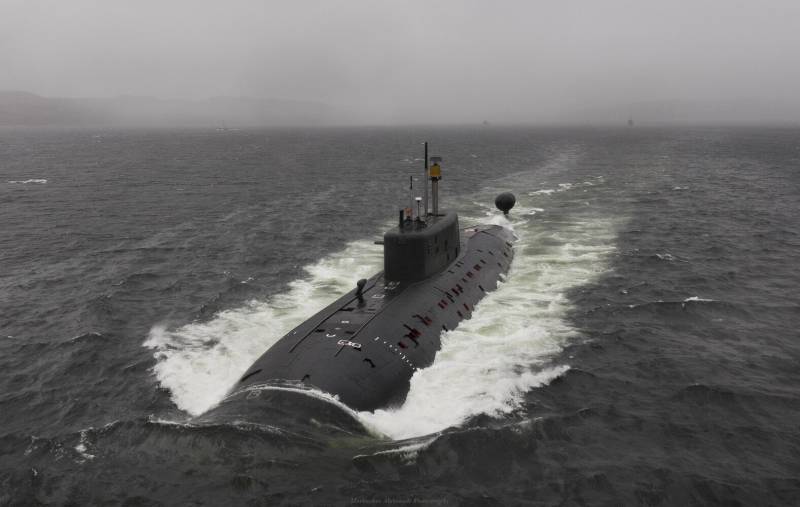
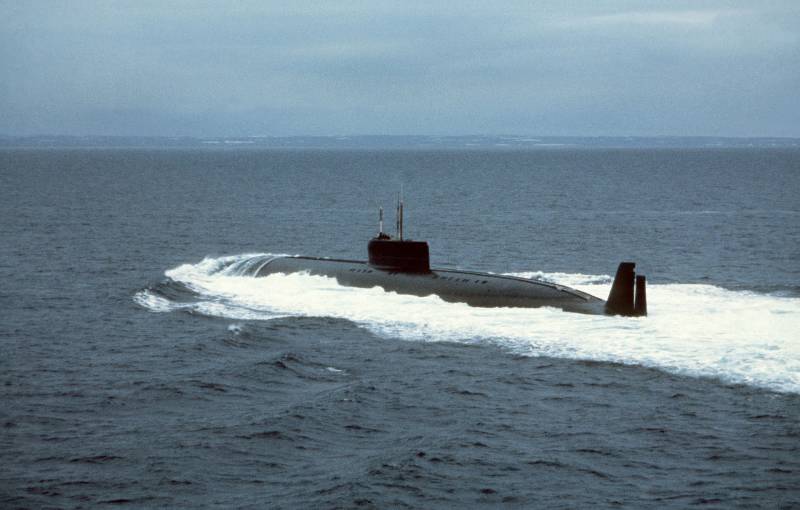
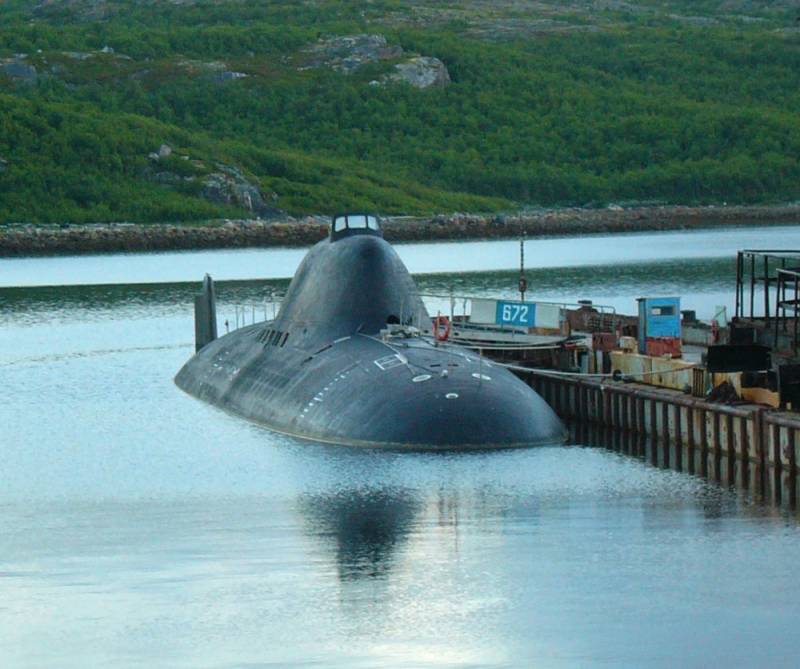
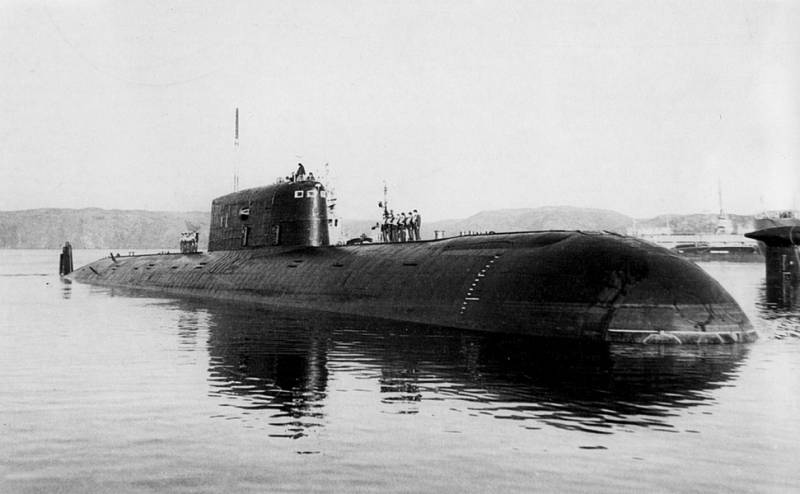
Information